Saltwater Crocodile farming in Australia
Life in oceans, rivers and seas



Your support will assist us to continue our research and content development, the greater our resources, the more we can do.
The more we have an accurate understanding of what is happening to nature, the more we can all do to protect what remains of our living planet.
This is also an opportunity for philanthropists to be part of an ongoing project that tells independent stories about the natural world, stories that will help us to better understand what is happening to species and places on our precious planet Earth.
Note: Creative Cowboy Films does NOT have tax deductible charity status.

The Nature Knowledge Channel is a very real way you can help the precious natural world and support the work we do in creating knowledge about the natural world.
Annual membership of the Creative cowboy films - Nature Knowledge Channel gives you full access to content, stories and films, available on this website. Becoming a member of the Creative cowboy films - Nature Knowledge Channel is a very real way you can help the natural world and support our work in creating a greater understanding about what is happening to it.
A point of difference
Creative cowboy films is independent, is not funded by governments or industry, and is not influenced by their associated interest groups. For reasons of independent research and content development, Creative cowboy films does NOT have tax deductible charity status.
Life in oceans, rivers and seas
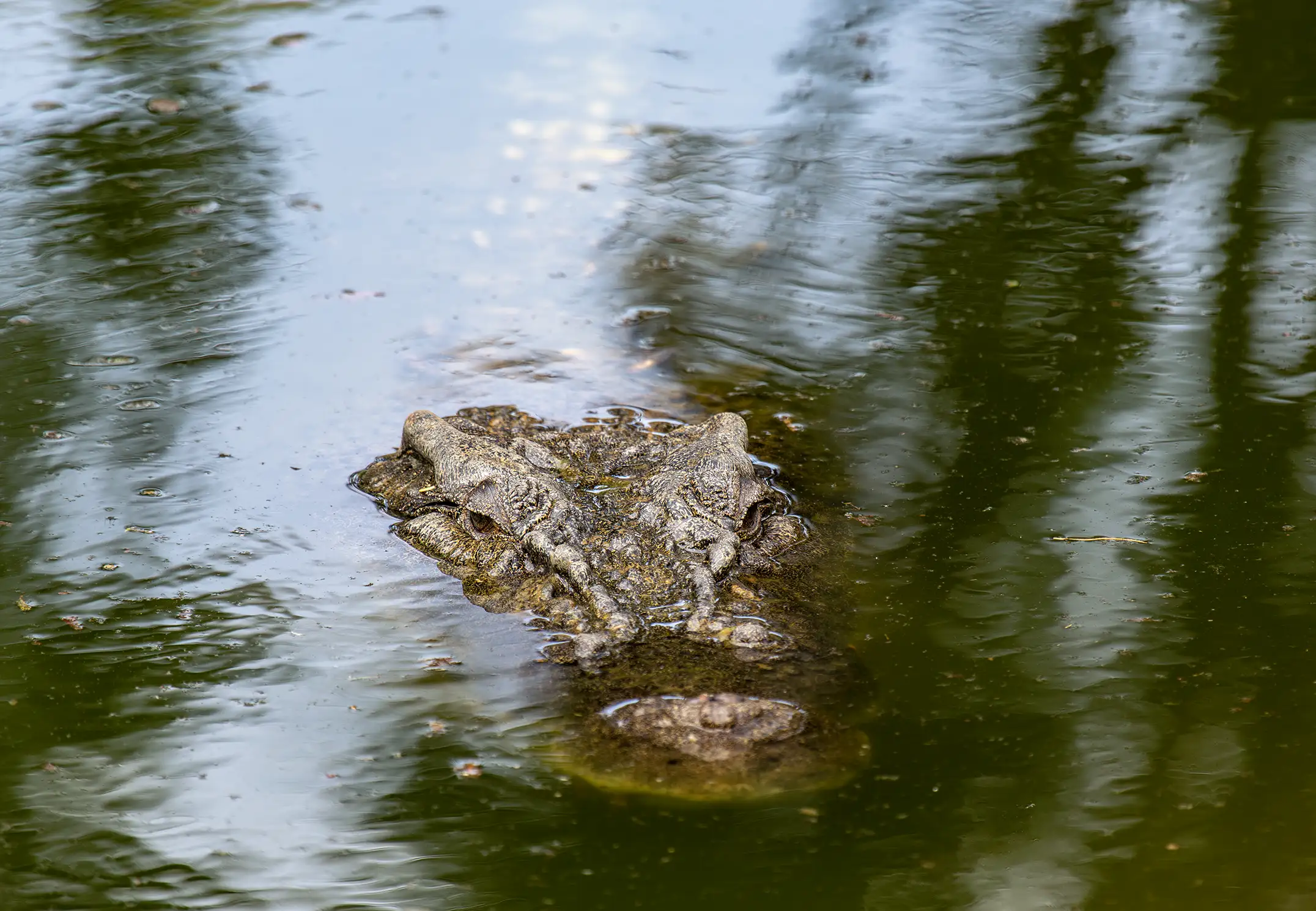
The Saltwater Crocodile (Crocodylus porosus), native to northern Australia, was hunted for its valuable skin and because it was considered dangerous to people and livestock. Crocodile hunting began in earnest in the late 19th and early 20th centuries and reached its peak after World War II, especially from the 1940s to the 1960s. During this period, tens of thousands of crocodiles were killed each year across the Northern Territory, Western Australia, and Queensland.
By the early 1970s, Saltwater Crocodile populations had plummeted. In some parts of northern Australia, especially the Northern Territory and Queensland, they were driven to the brink of extinction. The lack of regulation allowed overexploitation and illegal poaching, resulting in a catastrophic decline in numbers. In 1971–1972, the Northern Territory, Western Australia, and Queensland governments banned commercial crocodile hunting and provided legal protection for the saltwater crocodile.
Commercial Saltwater Crocodile farming’s origins lie primarily in the Northern Territory, but significant operations also exist in Queensland and Western Australia. As of 2023, there were more than 20 licensed crocodile farms in Australia and the commercial exploitation is growing, with the majority of production concentrated near Darwin in the Northern Territory, which houses the largest farms and the industry’s main processing facilities. Queensland has several smaller-scale facilities, and Western Australia’s farms are fewer but significant.
The commercial exploitation of the Saltwater Crocodile results in the processing of between 20,000–30,000 skins annually, with the numbers of animals in captivity fluctuating, but estimated at roughly 100,000–150,000 at any point in time.
Catchment: Farms supply both farm-raised and ranch-raised crocodiles (the latter being eggs collected from the wild, hatched, and raised for commercial use).
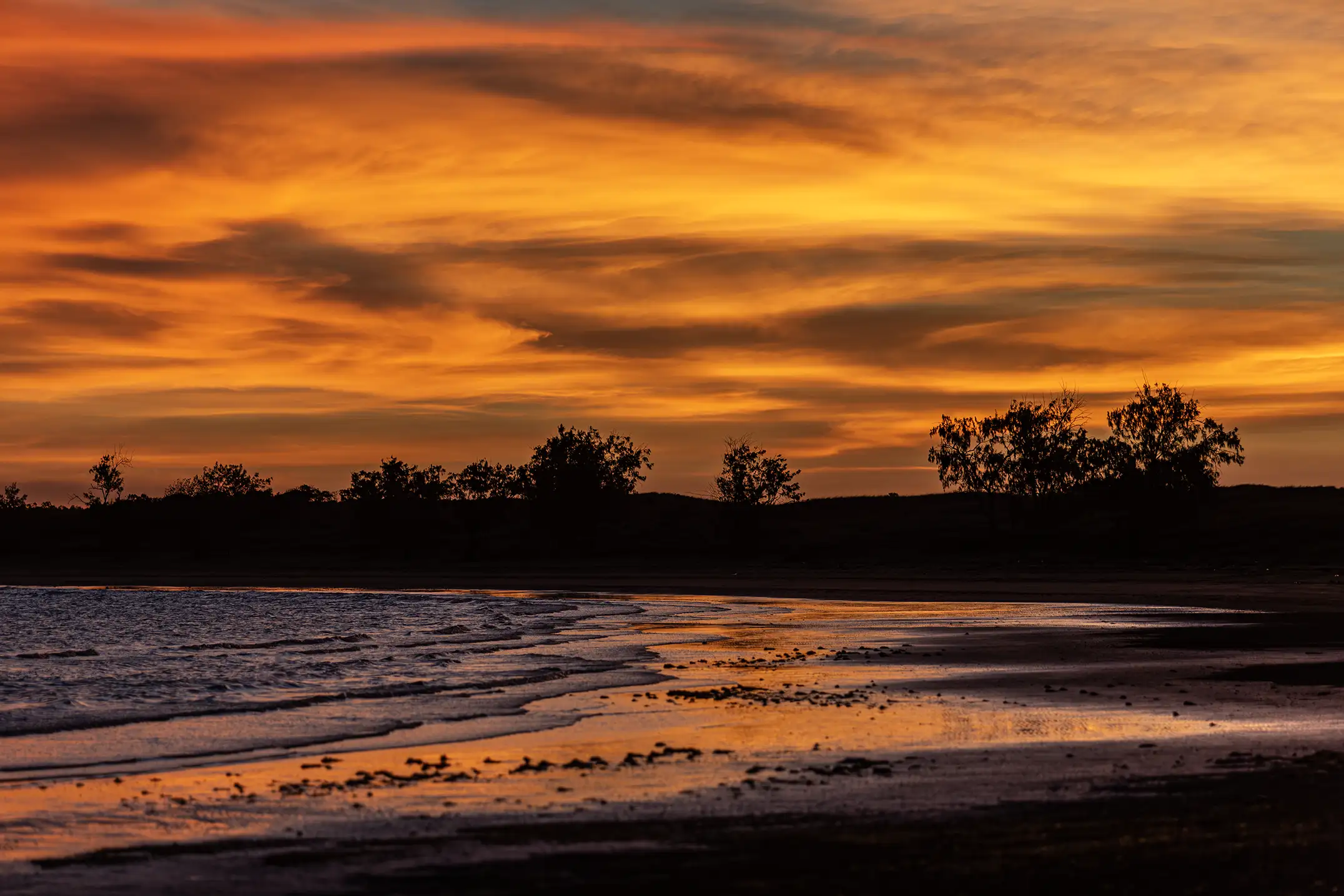
We should be grateful and acknowledge the contribution of Australia in stopping the imminent extermination of an animal that has existed on Planet Earth for a very very long time and until the very recent period had an extensive distribution, well beyond then shores of the Australian Continent. It is therefore shameful to now begin destroying that global contribution for poorly thought through economic gain. The frontline workers now exploiting these animals will suffer the most when the activity moves further down the value chain.
Australia likes to suggest it mandates compliance with welfare codes for crocodile management. Yet again these claims are questionable:
On the killing of Saltwater Crocodiles for commercial gain the code states:
“The killing of wild crocodiles can only be undertaken under a permit from the appropriate state or territory authority. A permit should only be issued to people with appropriate training or demonstrated experience. Use of firearms must comply with relevant state or territory legislation. In captivity, killing of crocodiles generally involves raising stock destined for processing into skins and flesh. Depending on the method being used, crocodiles may be killed after being restrained or while free-ranging within an enclosure. For specimens in the wild, depending on size and whether the crocodile is secured on a rope or line, secured within a capture device, or is free-ranging, the methods of dispatch vary. Due to the variety of situations in which crocodiles may have to be killed, various options are outlined below. For a humane kill, the International Union for Conservation of Nature Species Survival Commission (IUCN-SSC) Crocodile Specialist Group currently recommends total destruction of brain function by either humane captive bolt pistol or appropriate calibre bullet directly to the brain, or by instantaneously severing the spine behind the head and immediately inserting a rod into the brain (pithing)”.
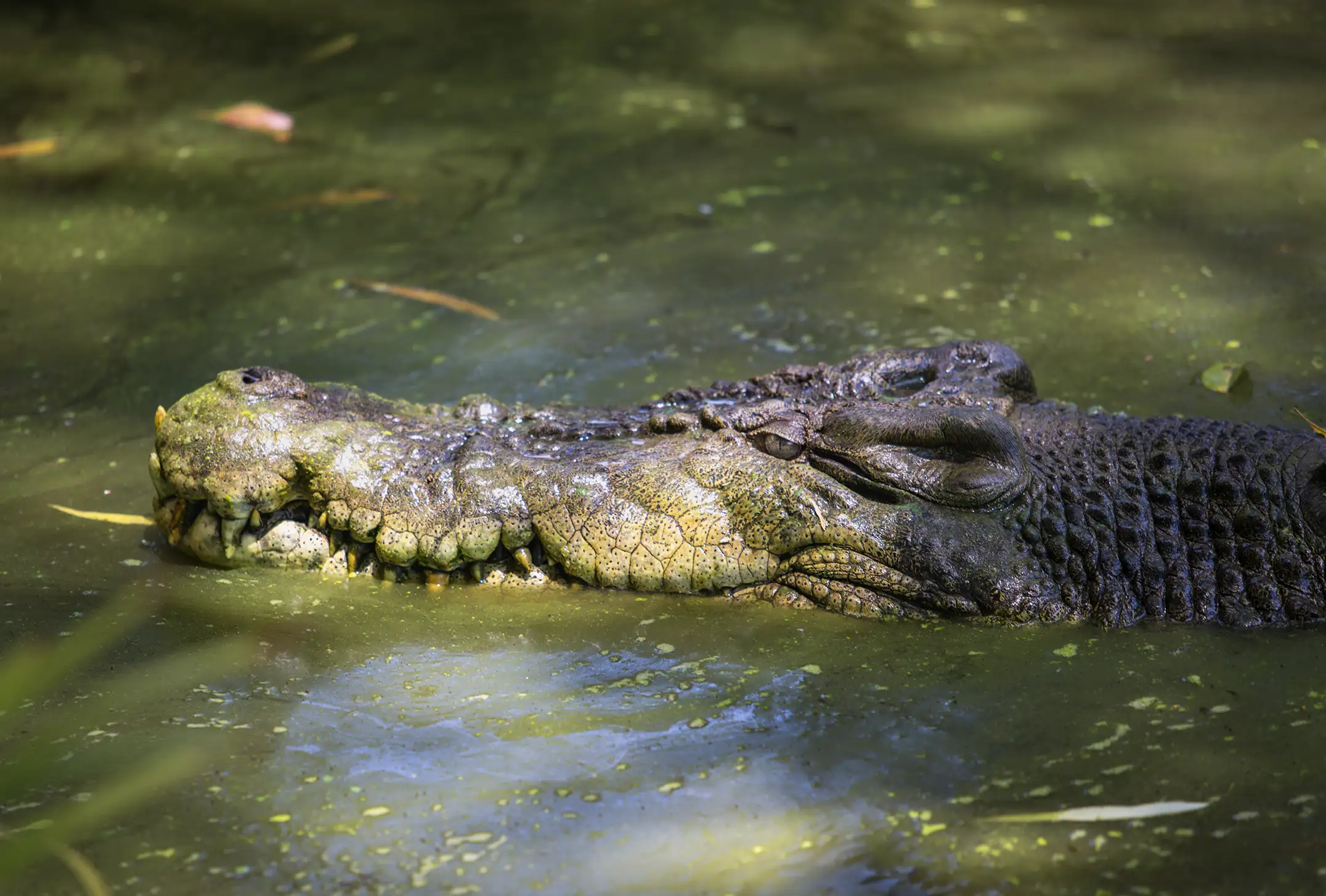
As per the standard conduct one can expect from Australian authorities when it comes to the cruel treatment of Australian wildlife, no major prosecutions of saltwater crocodile farms in Australia for animal cruelty have been reported in public records as of 2024.
There have, however, been:
Australia is a global leader in Saltwater Crocodile skins exports.
This is one of the most shocking results of the commercial exploitation of the magnificent Saltwater Crocodile. The use of crocodiles in pet food products.
The claim is that:
“By-products’ from crocodile farming and processing are being utilised by the pet food industry, providing ‘a sustainable revenue stream for crocodile farms, minimizes waste, and offering novel protein sources for companion animals, particularly for those with allergies or needing exotic proteins”.
What will happen, just as it has done in the case of Australian Kangaroos (all the cultural and economic signals are the same) as the world rejects the idea of exploiting wildlife, will be that pet food will be the main reason these types of industries to survive. So heading down market and down the value chain fast and a long way from sustainable.
So what are dogs and cats in Australia eating when it comes to the Saltwater Crocodile?
Specialty Products:
We wonder about any evidence for the silly claims being made about the benefits of cats and dogs eating Crocodile left overs. Perhaps ask your local RSPCA in Australia.
In the lame Victorian Government response to its own government Inquiry: Wildlife Act Review, something that I had not seen discussed (we submitted and took part in panel discussions regarding this inquiry) was this odd furphy.
Prohibit the keeping of crocodiles as pets
"Crocodiles are powerful, long-lived animals that are very challenging to appropriately care for in Victoria’s environment. Crocodiles are not appropriate as pets, and they do not belong in our towns and suburbs. The keeping of crocodiles as pets under a private wildlife licence will no longer be allowed, except for those already held under a current wildlife licence".
Yet we can walk down to out local Prahran Market where the trade in Australian wildlife is not only tolerated but promoted, and buy Crocodile tails and feet as dog food. This among Kangaroo and Wallaby doggy snacks and no doubt much more. We find ourselves wondering where the chain of logic in all this lies?

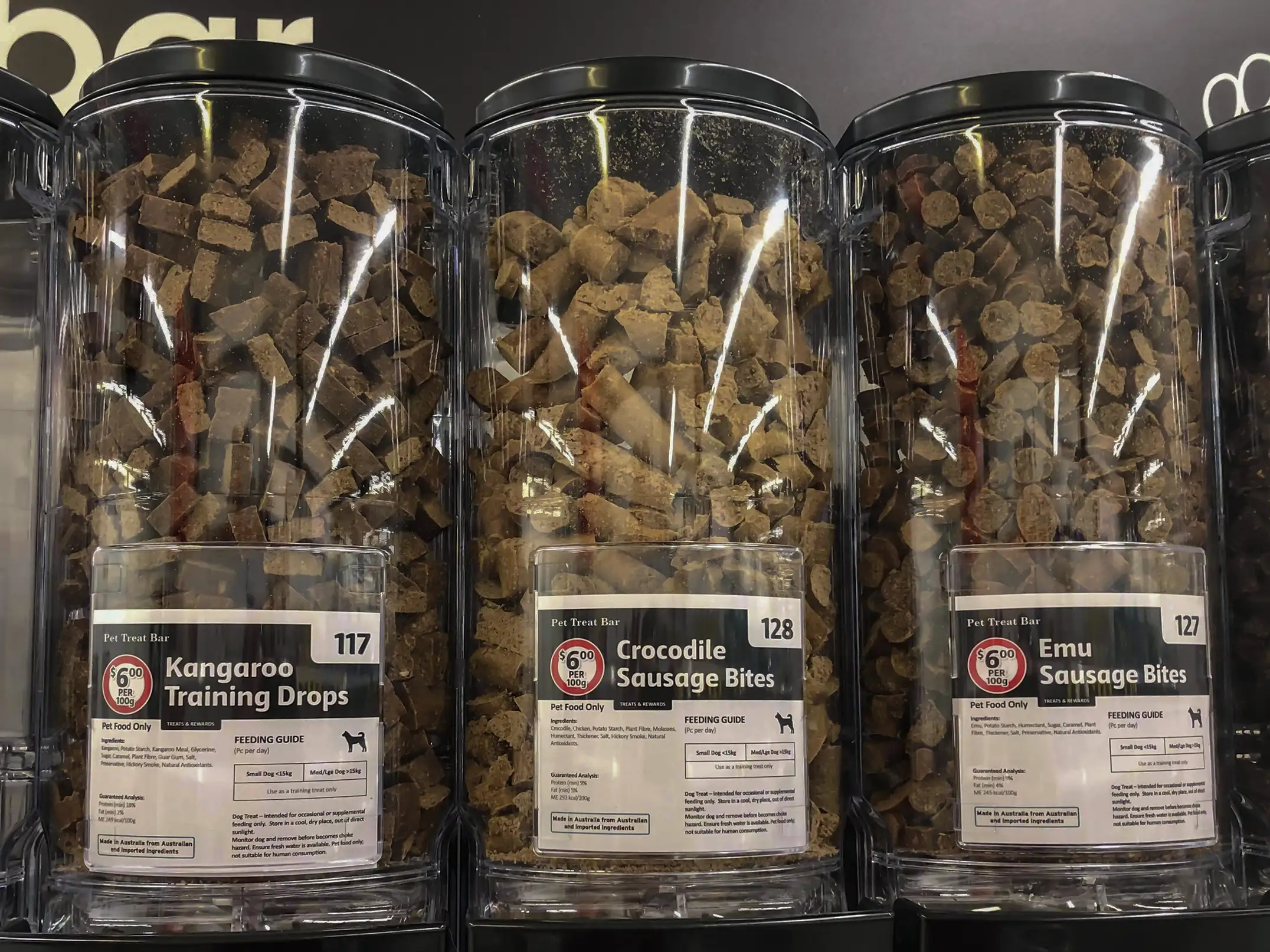
The Freshwater Crocodile is farmed in some facilities for skins and meat but forms a small fraction of the commercial market. Its skins are of lower commercial value, with lower demand in fashion markets compared to saltwater crocodile.
Primary drivers for farming remain Saltwater Crocodiles; a small number of Freshwater Crocodiles are included in commercial operations, but not at the scale or profitability of saltwater species. Product (skins and meat) from the Freshwater Crocodile is sometimes included in domestic trade and minor export, but it is not a major player in Australia's international wildlife trade.
As of mid-2024, the Queensland Government and Olympic organizers have stated intentions to minimize ecological disruption caused by preparations for the 2032 Brisbane Olympic and Paralympic Games. However, large-scale infrastructure projects always carry potential risks for local wildlife. Specific concerns and likely impacts include:
Habitat Disturbance: Most Olympic infrastructure projects are focused in urban or peri-urban Brisbane, far from core crocodile habitats in Far North Queensland. However, any expansion in coastal development, increased tourism, or waterway modifications and sporting use can indirectly affect crocodile habitats and management.
Tourism Pressures: The Olympics will bring an influx of tourists. This may increase the risk of human-crocodile encounters in northern Queensland, leading to greater demand for crocodile population control, already occurring as some of Queensland’s politicians are already promoting the idea of killing more crocodiles in the wild. As a result, Queensland authorities have crocodile management plans in place and it is highly probable that swift actions to kill crocodiles will become a mainstay of the precautionary response. How much emphasis by the Queensland Government if given to ‘croc education’ remains to be see. The Olympic Organising Committee will need to keep an eye on conduct and outcomes in relation to Australian species as a result of the games.
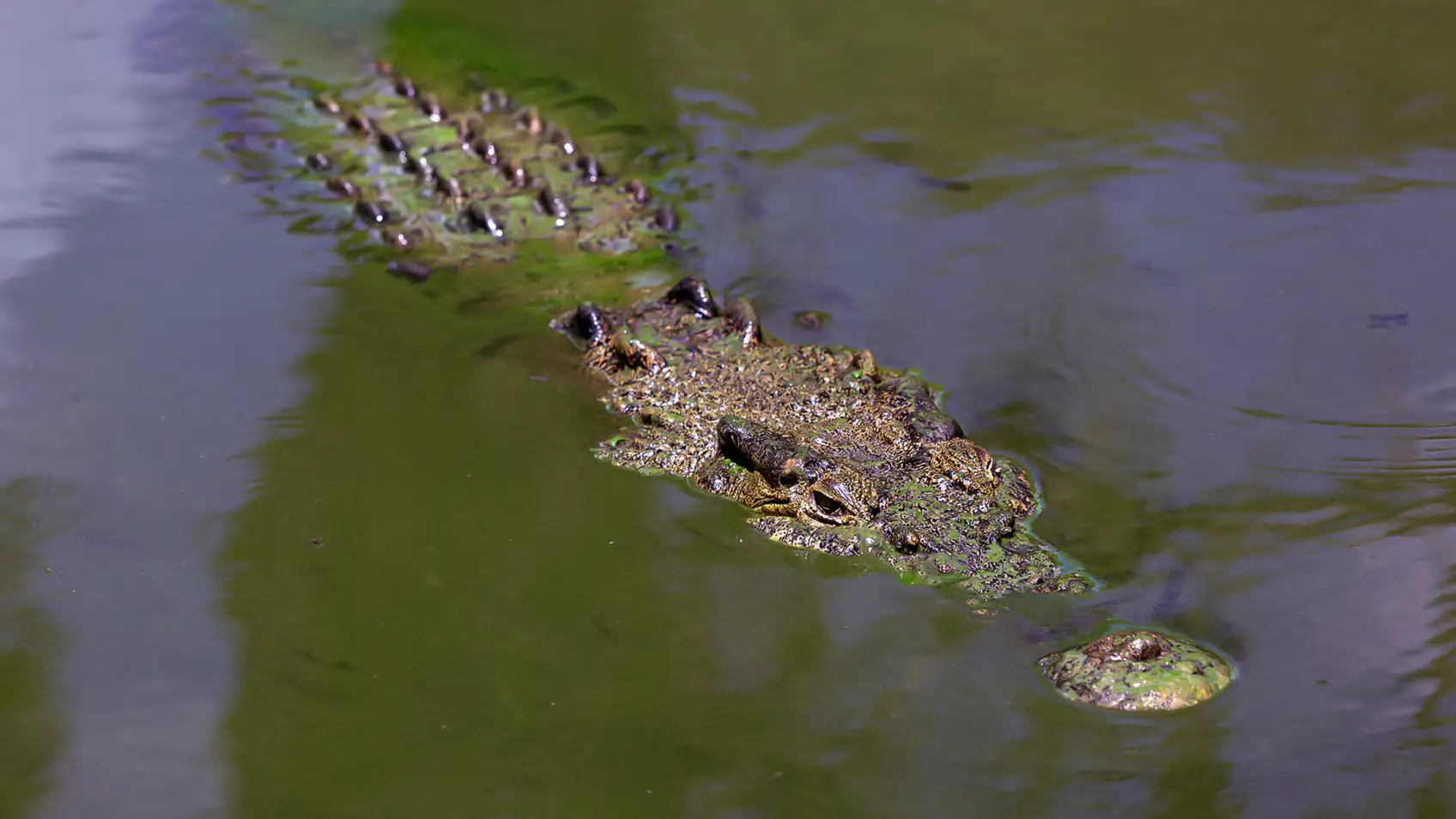
Saltwater crocodile attacks remain rare.
During the 1980s as populations began to recover there was one fatality in every one to two years, slightly higher for non-fatal attacks at 1 to 2 every year. Numbers remained similar during the 1990s. In the period 2000 to 2019 there were one to two fatal attacks every year and two to four non-fatal attacks. Since 2020 the number of fatal attacks have declined to less than one per year with non-fatal attacks again lower than the previous period. There have been somewhere in the region of 50 lethal attacks in Australia since 1980, that is 1.1 deaths per annum in the period. It is not a good way to die.
Climate change is having an impact on the distribution of Saltwater Crocodiles in Australia and this will mean crocodiles may end up living in new coastal regions further to the south.
